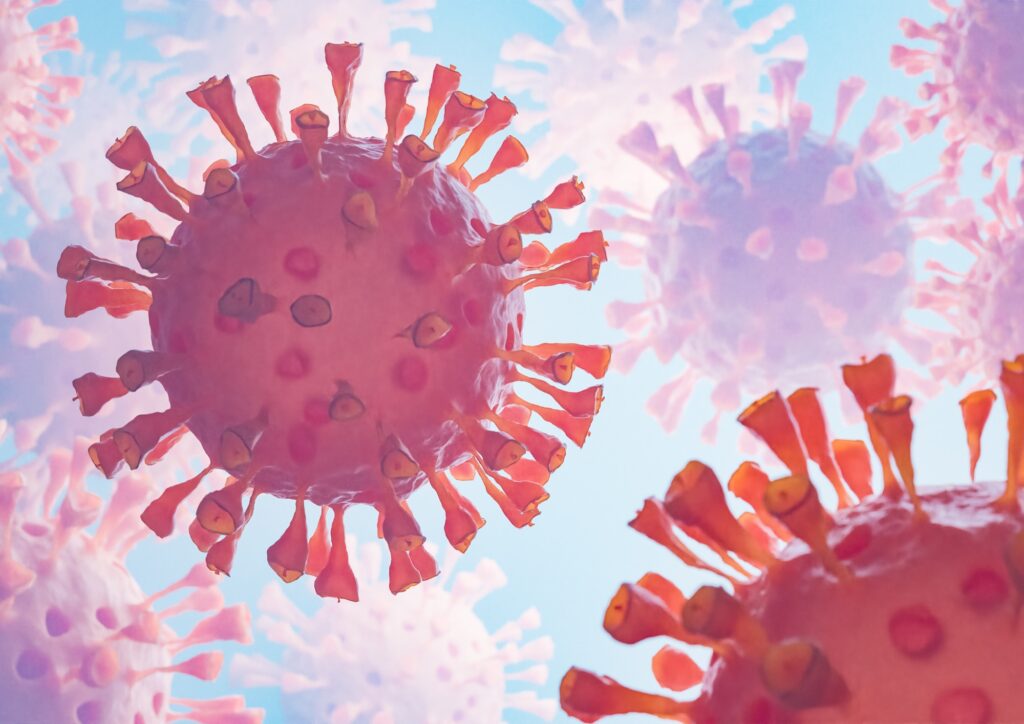Table of Contents
ToggleAvian Influenza A(H5N1): The Re-emerging Zoonotic Threat of 2025 You Can’t Ignore
Avian Influenza A(H5N1), widely known as bird flu, is roaring back into headlines in 2025—and for good reason. This highly pathogenic virus, infamous for its devastating impact on birds and humans alike, has flared up again in the United States and Mexico, sending shockwaves across public health agencies worldwide. As the zoonotic threat grows, the world stands at the crossroads of crisis and control.
Let’s dive deep into everything you need to know about this powerful virus: from its roots to its recent mutations, transmission to treatment, and most importantly—how we can stay protected.
Avian Influenza H5N1: What You Need to Know
First identified in 1996 in China, H5N1 has made headlines repeatedly for its severe impact on poultry and humans. What makes this virus especially dangerous is its high mortality rate in humans, sometimes reaching up to 60%. Though human cases are rare, the consequences are often severe, sometimes fatal. And now in 2025, with cases appearing in dairy herds and farm workers, we may be facing a re-emerging threat with new traits.
Understanding the H5N1 Virus
So, what exactly is H5N1? It’s a subtype of the influenza A virus primarily affecting birds. Wild waterfowl are natural carriers, often asymptomatic, but when transmitted to domestic poultry, the virus becomes highly lethal.
What sets H5N1 apart from common flu strains is its ability to cross species—from birds to humans and potentially to other mammals. This zoonotic nature is what keeps scientists on edge, especially when new mutations could make the virus more contagious or virulent.
Why H5N1 Is Back in 2025
The resurgence in 2025 has been alarming. In both the U.S. and Mexico, human infections have been reported following outbreaks among cows and poultry—an unusual host jump suggesting new viral adaptations. Health agencies are scrambling to sequence viral genomes, understand mutations, and assess the risk of sustained human-to-human transmission. So far, no conclusive evidence of such transmission exists—but the possibility looms.
How Does H5N1 Spread?
Primarily, the virus spreads through:
- Direct contact with infected birds or their droppings
- Contaminated surfaces such as feeding troughs, cages, and boots
- Consumption of raw or undercooked poultry products
- Rarely, from infected mammals like domestic cats or even cows
Once inside the human body, the virus targets the respiratory system but can rapidly escalate to multi-organ failure in severe cases.
Recognizing H5N1 Symptoms in Humans
The incubation period typically ranges from 2 to 8 days but may stretch up to 17 days. Early symptoms resemble seasonal flu but can quickly escalate.
Early signs include:
- High fever (over 38°C)
- Sore throat and persistent cough
- Headache and muscle pain
- Fatigue and occasional conjunctivitis
Severe progression may lead to:
- Difficulty breathing or shortness of breath
- Chest pain and rapid heart rate
- Diarrhea or abdominal discomfort
- Bleeding from nose or gums
- Viral pneumonia, ARDS, and potentially, death
Understanding these signs early is critical to seeking timely care.
Diagnosis: How Is H5N1 Detected?
Timely diagnosis is vital. Physicians rely on:
- RT-PCR Tests: Detect H5N1 RNA from nasal or throat swabs
- Virus Isolation: Conducted in BSL-3 labs
- Serologic Testing: Paired sera can detect rising antibody levels
- Imaging Tools: X-rays or CT scans help identify pneumonia or lung inflammation
These tools work together to ensure accurate and early detection.
Treatment Options for H5N1
The most effective strategy? Starting antiviral treatment within 48 hours of symptoms.
Standard antivirals include:
- Oseltamivir (Tamiflu)
- Zanamivir
Both work best when administered early. Later-stage infections require supportive care—oxygen therapy, IV fluids, and mechanical ventilation if respiratory distress occurs. Steroids are generally discouraged unless specifically indicated.
How to Prevent H5N1 Infections
Prevention is always better than cure—especially with a virus like H5N1.
Here’s how you can reduce your risk:
- Avoid contact with wild or sick birds
- Cook poultry and eggs thoroughly (internal temperature of 74°C or higher)
- Wear PPE if you work with livestock or poultry
- Practice strict hygiene—handwashing, changing clothes after visiting farms
For industries, biosecurity measures are key: disinfecting equipment, quarantining new animals, and active surveillance.
Is There a Vaccine for H5N1?
Currently, no universal vaccine is approved for public use. However, several H5N1 vaccines are in development, some stockpiled for pandemic scenarios. The challenge? H5N1 mutates rapidly, making vaccine formulation a moving target.
The One Health Approach: A New Way Forward
The 2025 outbreak reinforces the One Health concept—integrating human, animal, and environmental health strategies. By connecting dots across disciplines, we can better monitor, detect, and respond to zoonotic threats like H5N1.
Why the 2025 Resurgence Is Different
This time, the virus appears to be infecting mammals like cows, an unusual leap in host range. This could signify mutations increasing its adaptability—an alarming signal for virologists. Surveillance has been intensified, and case numbers are under close global scrutiny.
H5N1 vs. COVID-19: A Comparitive View
While COVID-19 spread globally through sustained human-to-human transmission, H5N1’s lethality remains its most frightening trait. Thankfully, H5N1 lacks easy transmissibility—for now. But if mutations bridge that gap, the world could face a crisis more severe than the one we just endured.
Common Myths and Misconceptions
Let’s bust a few:
- “You can catch H5N1 from eating chicken” – Not if it’s properly cooked.
- “Bird flu is just a scare tactic” – With a 60% fatality rate in humans, it’s not something to ignore.
- “Pets can’t catch bird flu” – Actually, domestic cats and dogs are susceptible in rare cases.
What Should Travelers Know?
If you’re traveling to or from affected areas:
- Avoid live bird markets
- Follow all airport health screenings
- Stay updated with CDC or WHO travel advisories
Precaution is your passport to safety.
Staying Ahead of the Curve
Our greatest tool isn’t fear—it’s preparedness. From investing in vaccine R&D to reinforcing global health partnerships, the road ahead must be paved with vigilance and action.
Avian Influenza H5N1
As we navigate 2025, Avian Influenza H5N1 stands as a stark reminder of nature’s unpredictability and the importance of proactive health systems. This re-emerging zoonotic threat calls for not just science, but solidarity—across nations, disciplines, and communities.
FAQs
Can I catch H5N1 from eating chicken?
Not if it’s cooked properly. High heat kills the virus.
Is H5N1 the same as seasonal flu?
No, H5N1 is more severe and has a much higher mortality rate.
What are the odds of human-to-human spread?
Currently low, but mutations could change that in the future.
How deadly is H5N1 really?
It can be extremely lethal, with some outbreaks showing a 60% fatality rate.
Are pets at risk?
Yes, particularly cats. Dogs and other mammals may also be vulnerable.
What should I do if I suspect an infection?
Seek medical attention immediately. Early treatment is vital.
Conclusion
The threat of Avian Influenza A(H5N1) in 2025 isn’t a new story—it’s a dangerous chapter reopened. While panic helps no one, preparation and informed action can keep this virus in check. Let’s stay aware, stay safe, and keep the world ahead of the next potential pandemic.

Suleiman Atieh, experienced pharmacist specializing in healthcare, patient wellness, safe medication practices, disease management, and supplement guidance.








